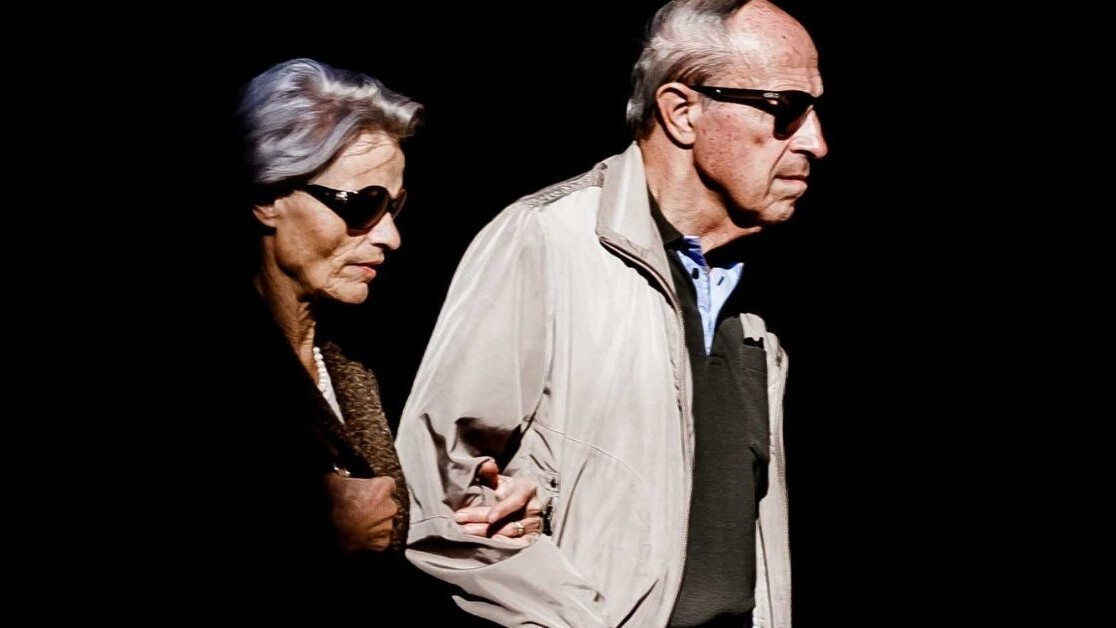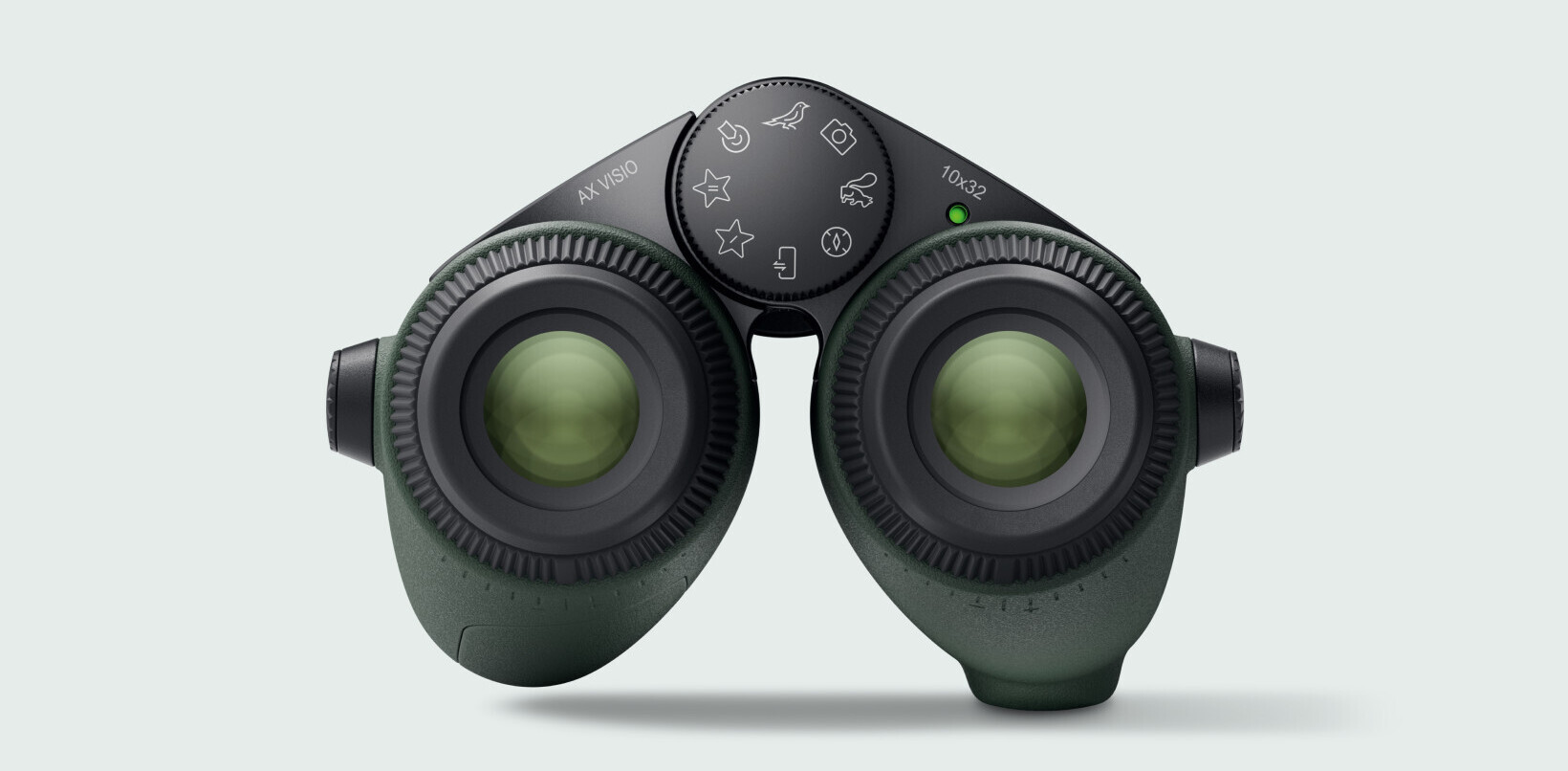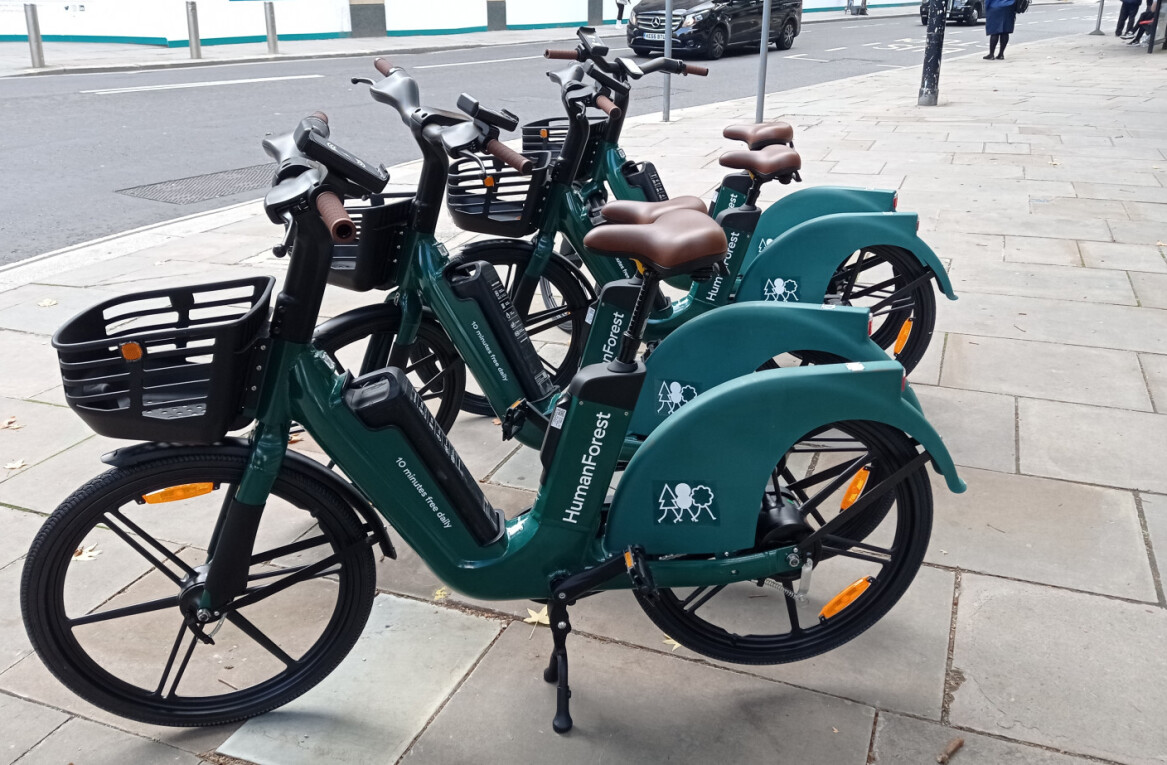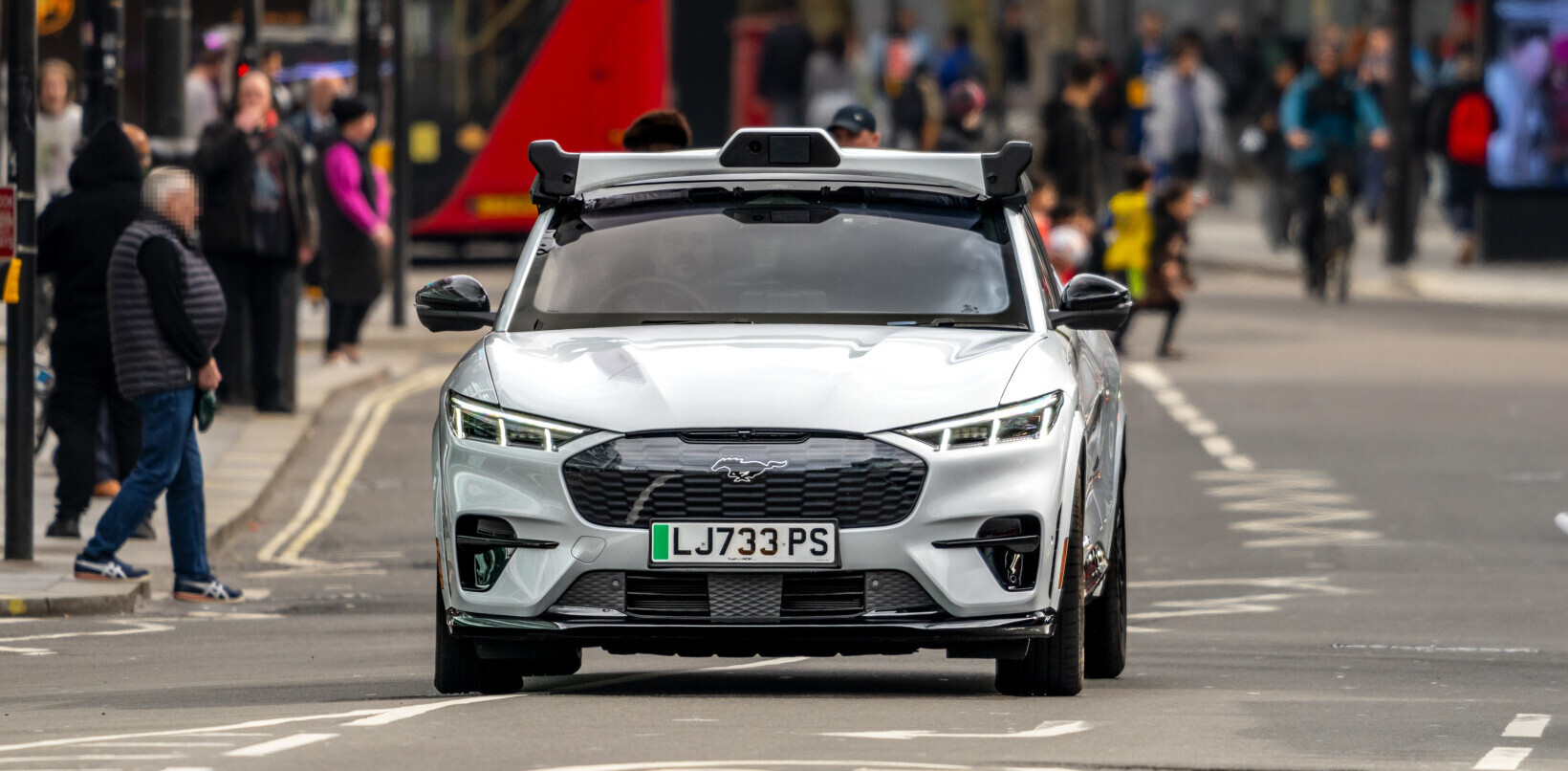
In our ongoing series, High Contrast, we’re looking at how assistive technology can help people with disabilities overcome challenges in their lives, and the pioneers innovating in solutions to make everyday tools more accessible.
Technology is increasingly improving our lives by conveniently tackling menial tasks – and it’s also helping people with disabilities lead more independent lives and improve their skill sets.
With this in mind, and in celebration of Global Accessibility Awareness Day, here’s a look at some of the most innovative apps and solutions helping people with visual impairment today.
Facebook’s AI-captioned photographs

Back in April 2016, Facebook introduced a new feature in its iOS app to help visually impaired users ‘see’ photos.
By leveraging AI, the app is able to automatically generate a description of every photo a users comes across.
By using a screen reader on iOS, users can hear a list of items that feature in the photos, such as, for example, ‘Image may contain six people sitting on a bench and laughing.”
Seeing AI
Next up Seeing AI, an iOS app launched by Microsoft in July 2017. Appropriately described as a ‘talking camera for the blind,’ the free app helps people identify objects around them using their iPhone cameras and AI. Simply point your shooter at something, and Seeing AI will tell you what it is, out loud.
The app is the result of a project at Microsoft Research and it’s interesting to see how AI and machine learning could help improve lives both in the short and long term.
A VR ‘canetroller’

Also from Microsoft, this VR haptic controller helps the visually impaired create an accurate mental map of a virtual space.
Essentially, the device tries to mimic the experience of using a traditional white cane and translates this in a virtual reality environment.
To overcome the need for visual cues, the device uses vibrations and sound to simulate the effect of touching different virtual objects. It also uses a wearable braking system to make walls and barriers seem solid.
We covered the canetroller in February last year, and at the time there were still some limitations to overcome – one participant found that the audio modelling, particularly the way sounds echoed off solid objects, wasn’t quite realistic enough. But, it’s start.
Soundscape
In March last year, we wrote about Microsoft’s Soundscape app, which launched after four years in the making. The app, available in iOS in the UK and the US, seeks to guide visually impaired people around cities.
But, how? Well, the aim is to provide 3D audio cues that help users find their destination but also making them aware of their surroundings while they walk to get there.
Project Torino

Project Torino is yet another interesting proposal by Microsoft.
The system consists of a programming languageof programming language and large colourful toys called pods, which can be used to make songs, poems, stories, and sounds to help children with visual impairments to learn to code.
Lookout
Google’s Lookout is a nifty Android app that leverages AI and computer vision to help the visually impaired.
It works on Google’s Pixel phones, which users can wear around their neck or inside a shirt pocket with the rear camera facing away from them. The app is able to recognize a host of things including printed text, signage, people, and objects. It notifies users about locations with audio cues, such as ‘car at 6 o’clock.’
Be My Eyes
Microsoft, Google, and Facebook are not the only companies working on innovative solutions to help those with a visual impairment.
Be My Eyes, for example, leverages the power of community to help visually impaired people to connect with sighted volunteers who “lend their eyes” to help with short, simple tasks.
The app was created by Danish founder Hans Jørgen Wiberg, who is visually impaired himself, after he began thinking about how to use video call technology to create an assistive tool. It currently has more than 100,000 blind users, and more than 2 million volunteers across the globe.
All in all, it’s great to see technology moving beyond the confines of convenience and seeing how it can be applied for good. Technology should work for us, and I, for one, am excited to see what the future will bring.
Get the TNW newsletter
Get the most important tech news in your inbox each week.





